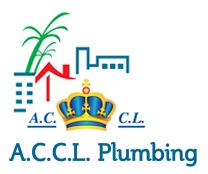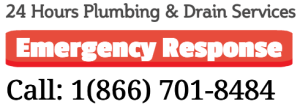A burst pipe can be a homeowner’s worst nightmare, causing water damage, disruption, and costly repairs. Knowing what to do in an emergency can help minimize the damage and get your home back to normal quickly. In this article, we’ll outline the steps to take when dealing with a burst pipe.
Immediate Action
When a pipe bursts, every second counts. Take the following steps immediately:
1. Turn off the main water shut-off valve: Locate the main shut-off valve and turn it clockwise to shut off the water supply to the house.
2. Turn off the electricity: Switch off the electricity to the affected area to prevent electrical shock.
3. Evacuate the area: Move people and valuables away from the affected area to prevent injury and further damage.
Assessing the Damage
Once you’ve taken immediate action, assess the damage to determine the extent of the problem. Consider the following:
1. Water damage: Check for water damage to walls, floors, and ceilings.
2. Electrical safety: Ensure that there are no electrical hazards, such as exposed wiring.
3. Structural integrity: Check for any signs of structural damage, such as sagging floors or ceilings.
Temporary Repairs
While waiting for a professional plumber to arrive, you can take temporary measures to mitigate the damage:
1. Use pipe tape or epoxy: Apply pipe tape or epoxy to temporarily seal the burst pipe.
2. Use a pipe clamp: Use a pipe clamp to temporarily repair the pipe.
3. Dry the area: Use towels, mops, or a wet/dry vacuum to dry the area and prevent further damage.
Professional Repair
While temporary repairs can help, they’re not a substitute for professional repairs. Contact a licensed plumber to:
1. Assess the pipe: Assess the pipe to determine the cause of the burst and recommend permanent repairs.
2. Replace the pipe: Replace the damaged pipe with a new one.
3. Test the system: Test the plumbing system to ensure it’s functioning properly.
Prevention
To avoid dealing with burst pipes in the future, consider the following prevention measures:
1. Insulate exposed pipes: Insulate exposed pipes in unheated areas, such as the garage or basement.
2. Drain and disconnect hoses: Drain and disconnect hoses from outdoor faucets to prevent freezing.
3. Regular maintenance: Regularly inspect and maintain your plumbing system to prevent leaks and bursts.
Conclusion
Dealing with a burst pipe can be stressful, but knowing what to do can help minimize the damage. By taking immediate action, assessing the damage, and seeking professional help, you can get your home back to normal quickly. Remember to take prevention measures to avoid dealing with burst pipes in the future.

